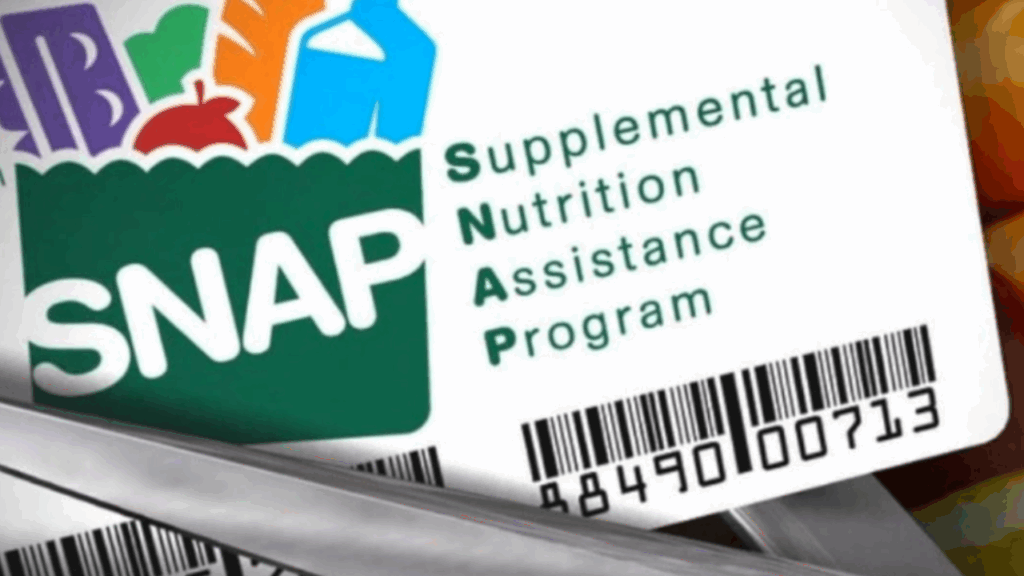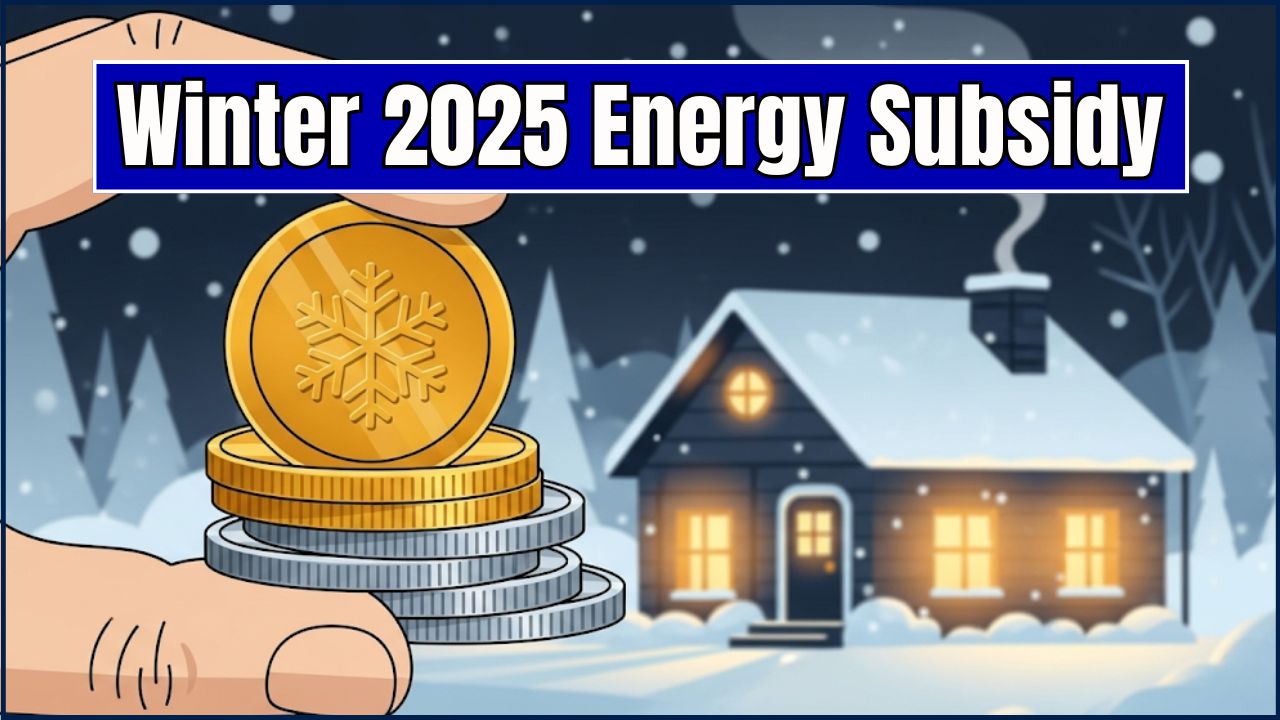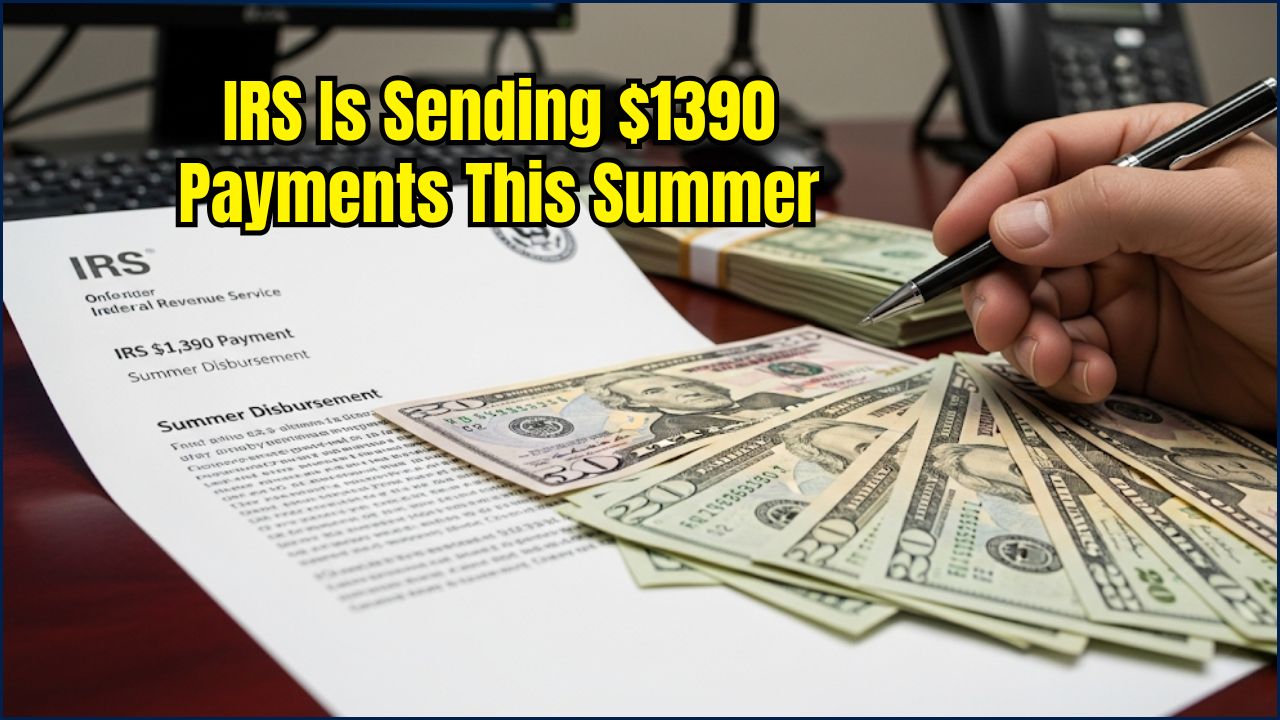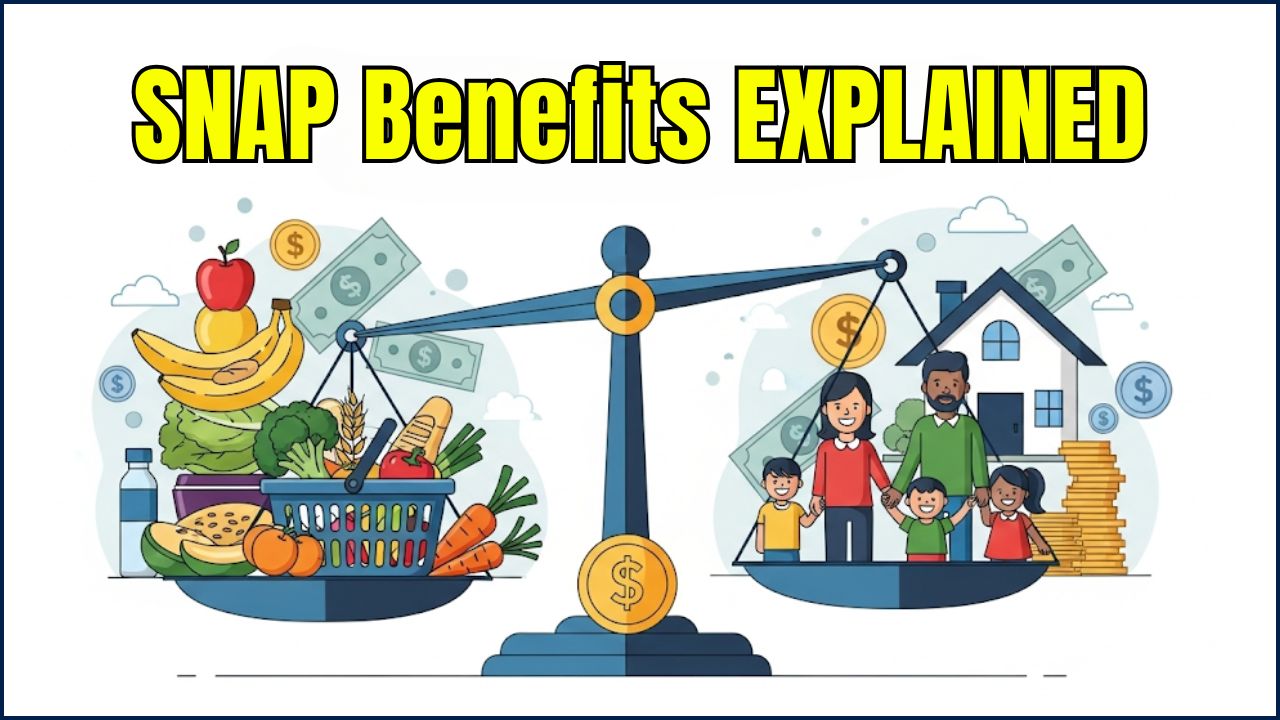If you’ve ever wondered how much your family could receive from the SNAP program (Supplemental Nutrition Assistance Program) in July 2025, you’re in the right place. Whether you’re getting by on a fixed income, juggling a job and parenting, or just trying to stretch your grocery dollars, this guide breaks down everything from minimum SNAP allotments to who could get the maximum $1,756 benefit. Let’s dive in with straight talk and real numbers.

America’s food assistance program is complicated, but it doesn’t have to be confusing. We’ll help you understand who qualifies, how much you might get, and why these numbers vary so much from state to state.
July SNAP Benefits Breakdown
| Category | Details |
|---|---|
| Minimum SNAP Benefit (Contiguous States + DC) | $23/month (for 1-2 person households) |
| Maximum Benefit | Up to $1,756/month (for 8-person household) |
| States with Higher Benefits | Alaska, Hawaii, Guam, U.S. Virgin Islands |
| 4-Person Household Max | $975 (48 states), $1,953 (Alaska Rural 2), $1,723 (Hawaii) |
| SNAP Recipients in 2024 | Over 41.2 million Americans |
| Common Eligibility Factors | Low income, household size, disability, citizenship status |
| Official SNAP Site | fns.usda.gov/snap |
Whether you’re getting just $23 or the full $1,756, SNAP benefits offer a vital safety net for millions of Americans. From solo seniors in Mississippi to big families in rural Alaska, this program helps folks put food on the table. Understanding how the benefits work, what you can get, and how to apply is your first step toward a little more breathing room each month.
Stay informed, apply smart, and use every dollar wisely. And if you’re helping a friend or neighbor understand SNAP, share this guide—because food security should be for everyone.
What Is SNAP and Who Qualifies?
SNAP, once known as food stamps, is a federal program run by the USDA’s Food and Nutrition Service (FNS). It provides monthly financial support to help eligible low-income families buy food.
To qualify, a household’s income and assets must fall below certain thresholds. For example:
- Gross monthly income must be 130% or less of the federal poverty line.
- Net income (after deductions) must be at or below the poverty line.
- Household assets generally must be under $2,750, or $4,250 if a senior or disabled person lives in the home.
Pro tip: Check your eligibility with this SNAP pre-screening tool on Benefits.gov.
Why Do SNAP Benefit Amounts Vary So Much?
This ain’t a one-size-fits-all deal. SNAP benefits vary depending on:
- Household size
- Monthly income
- Location (state or territory)
- Cost of living
- Presence of elderly or disabled family members
Folks living in places like Alaska or Hawaii often get more because groceries cost way more up there. Same with Guam and the U.S. Virgin Islands.
Plus, states can add extra programs. For example, California’s CalFresh, or New York’s SNAP-CAP, offer streamlined access for seniors.

Minimum SNAP Benefits: Who Gets Just $23?
If you live in the 48 contiguous states or D.C. and you’re in a 1- or 2-person household with some income (like Social Security), you might only qualify for the minimum SNAP allotment of $23.
Here’s how that looks in July 2025:
- $23/month – 1-2 person households in 48 states + D.C.
- $30 to $47/month – Alaska (varies by zone)
- $41/month – Hawaii
- $35/month – Guam
- $30/month – U.S. Virgin Islands
Yes, $23 doesn’t go far. But it still helps. And many recipients also qualify for other support programs like Medicaid, LIHEAP, or WIC.
Real-Life Example:
Mary, a 67-year-old widow living in Ohio, receives $900/month from Social Security. Her rent and utility bills take up most of that. Though she only qualifies for $23/month in SNAP, she uses that at her local farmer’s market where her EBT dollars are doubled for fruits and vegetables—a program called Double Up Food Bucks.
Who Gets the Maximum $1,756 SNAP Benefit?
Families with no income and 8 or more people in the household can qualify for the maximum benefit. Here’s a quick look at the top benefit amounts by household size for July 2025:
48 Contiguous States + DC
| Household Size | Max Monthly SNAP |
| 1 | $292 |
| 2 | $536 |
| 3 | $768 |
| 4 | $975 |
| 5 | $1,158 |
| 6 | $1,390 |
| 7 | $1,536 |
| 8 | $1,756 |
| Each Additional Person | +$220 |
Alaska (Rural 2 Zone)
| Household of 4 | Up to $1,953 | | Household of 8 | Up to $3,516 |
Hawaii
| Household of 4 | $1,723 | | Household of 8 | $3,102 |
How to Apply for SNAP Benefits (Step-by-Step Guide)
- Check Eligibility
- Gather Documents – Proof of ID, income, rent, utilities, etc.
- Find Your State SNAP Office – Visit fns.usda.gov/snap/state-directory.
- Apply Online or In Person – Many states offer mobile-friendly portals.
- Complete an Interview – Usually over the phone.
- Wait for Approval – You’ll get an EBT card loaded monthly.
Heads Up: Some states now offer online document uploads and mobile apps to check your balance, submit forms, and receive alerts. Check your state portal!
Tips to Maximize Your SNAP Benefits
- Report Deductions: Childcare, medical expenses, and rent can boost your benefit.
- Update Info: Report any income drops quickly.
- Use EBT Wisely: Buy in bulk, choose generic brands, and use store coupons.
- Double Up Food Bucks: Some states offer extra dollars when you buy produce.
- Join Nutrition Education Classes: Some local agencies offer free cooking, nutrition, and budgeting classes.
Maximum SNAP Benefits for a Family of Four
Benefit amounts vary greatly by state, often due to differing costs of living. This table highlights how much a family of four might receive in some regions for Fiscal Year 2025.
| State/Region (Household Size: 4) | Maximum Monthly Benefit | Notes |
| 48 Contiguous States & D.C. | $975 | Standard maximum. |
| Alaska | $1,258 – $1,953 | Varies by region within Alaska due to higher cost of living. |
| Hawaii | $1,723 | High cost of living leads to higher benefits. |
| Guam | $1,437 | |
| U.S. Virgin Islands | $1,254 |
Additional Programs That Work with SNAP
- WIC (Women, Infants, and Children) – For pregnant women and young children.
- School Meals – SNAP households often qualify for free school breakfasts and lunches.
- LIHEAP – Helps with heating and cooling bills.
- TANF – Temporary cash assistance for needy families.
FAQs
Q: Can I get SNAP if I’m working? A: Yes! Many working families qualify. Your income just has to fall below the limits.
Q: How long does it take to get approved? A: Usually 30 days. If it’s urgent, you may get expedited benefits in 7 days.
Q: What can I buy with SNAP? A: Groceries like fruits, veggies, meats, dairy, bread, and snacks. No hot food or non-food items.
Q: Can I use my SNAP in another state? A: Yep. Your EBT card works like a debit card in all 50 states.
Q: Will SNAP affect my taxes or other benefits? A: No. SNAP doesn’t count as taxable income and won’t hurt SSI or Medicaid.
Q: Can immigrants apply for SNAP? A: Some lawful non-citizens may qualify. Rules vary.














